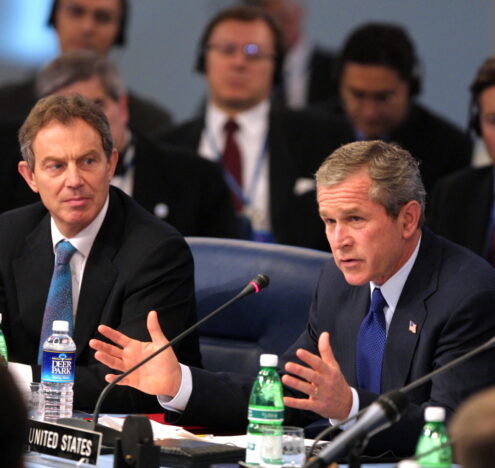True to his promise, on the first day of Donald Trump’s second term as president, he pardoned more than 1,500 people charged in connection with the attack at the Capitol on Jan. 6, 2021 — an event many observers accuse him of instigating. He also commuted the sentences of the six organizers of the riot, those convicted of the most serious crimes.
What does these paramilitaries’ return to public life mean for the rest of us?
And how did our broken pardon system get us here?
—
GIVEAWAY NEWS! Drawn and Quarterly has agreed to collaborate with us and give one US-, UK-, or Canada-based member of our Boom Squad a free copy of “Are you willing to die for the cause.”
To enter: Subscribe to Inkstick on Substack. You’ll get a welcome email from us saying you’re on the list. Reply to our welcome email with the word “BOOK” so we know to enter you in the draw.
If you’re already a subscriber you can still join by replying to any of Inkstick’s Substack emails with the word BOOK. You can also follow us on Instagram @inkstickmedia and @goboompod for two extra entries. We’ll draw names at random and let the winner know by the time our next episode hits. Offer is only valid for people with UK, US, and Canadian mailing addresses.
GUESTS:
Former Capitol Police Officer Harry Dunn, founder, Dunn’s Democracy Defenders; Walter Olson, Cato Institute; Graham Dodds, Concordia University
ADDITIONAL RESOURCES:
How Do Donald Trump’s Pardons Compare With Other Us Presidents? Hanna Duggal and Marium Ali, Al Jazeera
Donald Trump Is Firing Out Presidential Pardons and Warnings of Retribution. What Happens Next? Adam Quinn, The Conversation
Top Photo: President Ford announces his decision to pardon former President Richard Nixon on Sept. 8, 1974. (David Hume Kennerly, Gerald R. Ford Presidential Library).




















